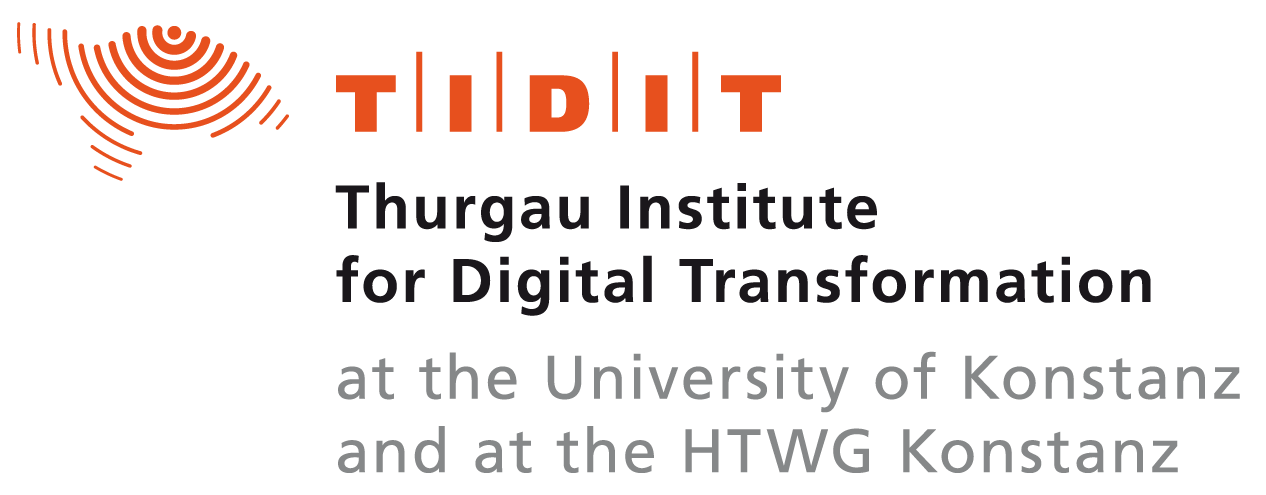Robustness Metrics for Relational Query Execution Plans
F Wolf, M Brendle, N May, PR Willems, KU Sattler, M Grossniklaus
2018
Abstract: The quality of query execution plans in database systems determines how fast a query can be executed. It has been shown that conventional query optimization still selects suboptimal or even bad execution plans, due to errors in the cardinality estimation. Although cardinality estimation errors are an evi...




